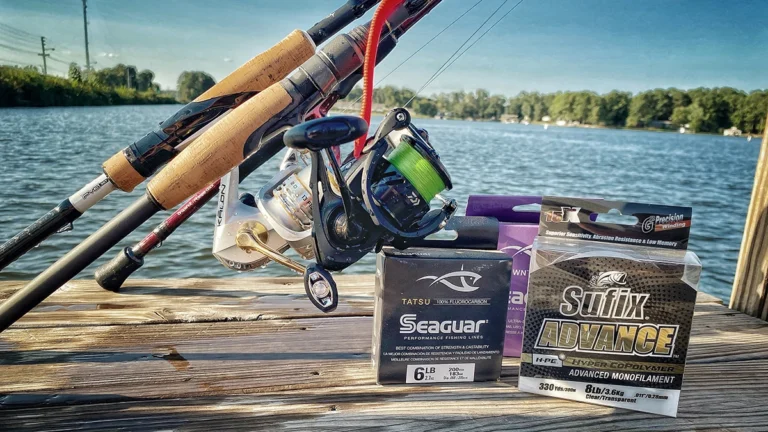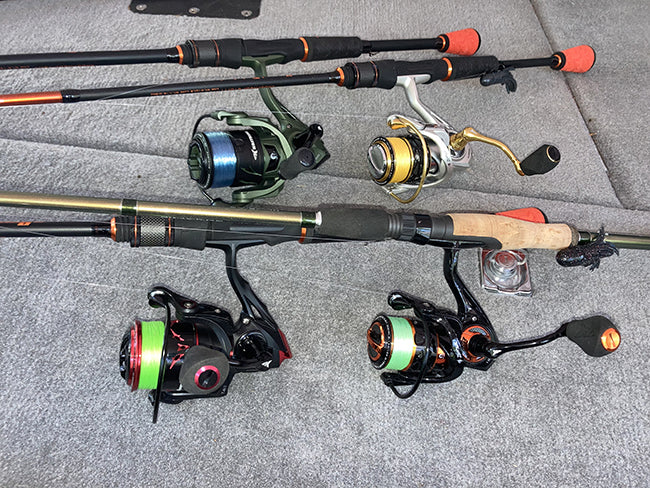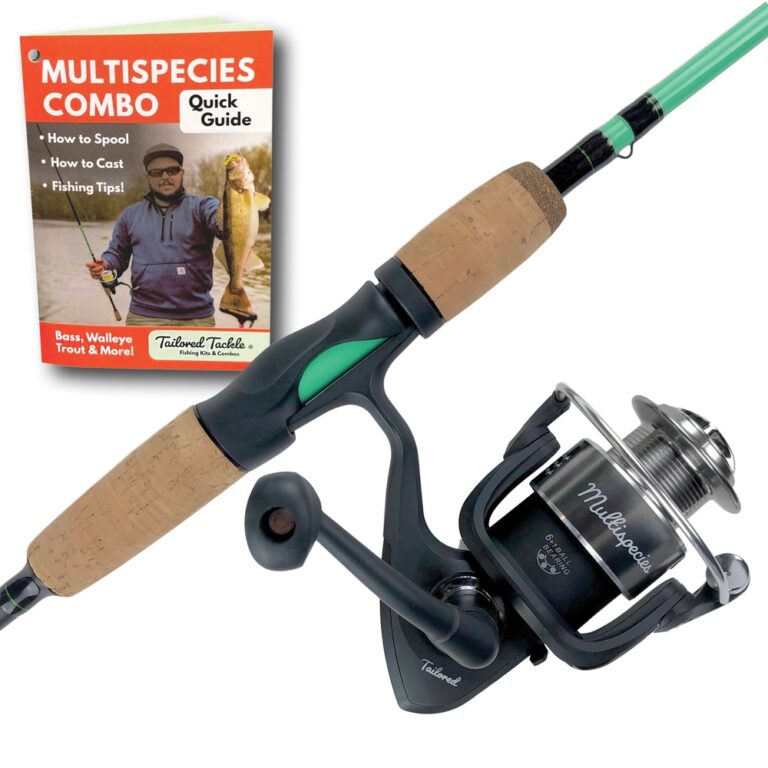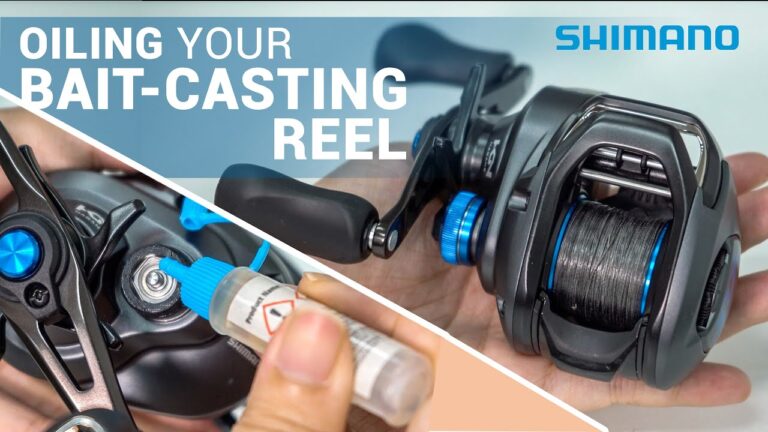How Much Line to Put on Reel
Fill your reel with line up to an eighth of an inch from the rim. Overfilling or underfilling affects performance and casting.
Choosing the right amount of line for your fishing reel is crucial for optimal performance. Your fishing success can hinge on this detail, which varies depending on reel type and fishing conditions. Spinning reels, baitcasters, and fly fishing reels each have their recommendations for line capacity, typically listed on the reel itself or in the product manual.
Strike the perfect balance between too much and too little to ensure smooth casts, effective retrieves, and reliable hook sets. Enthusiasts must factor in the line type—such as monofilament, braided, or fluorocarbon—as each has unique characteristics affecting how much line a reel should hold. Properly spooling your reel sets the stage for a successful day on the water, whether you’re casting from shore or trolling in deep waters.
Choosing The Right Line Capacity
To choose the right line capacity for your reel, consider the types of fishing line. These include monofilament, braided, and fluorocarbon lines. Each type affects capacity differently. Monofilament line, for instance, is thicker, so you’ll fit less on the reel compared to thinner, braided line. On the flip side, braided line offers more strength but also comes with different capacity needs.
Determining your reel’s capacity is crucial. Start by reading the specifications on your reel. It usually shows the amount of line you can load for different line strengths. Matching your line choice to these specs ensures optimal performance.
Balance line strength and capacity by aiming for a full reel, but not overfilled. A full reel provides better casting and line management. Choose a line that offers the best mix of strength for the fish you’re targeting and the right thickness for your reel’s capacity.
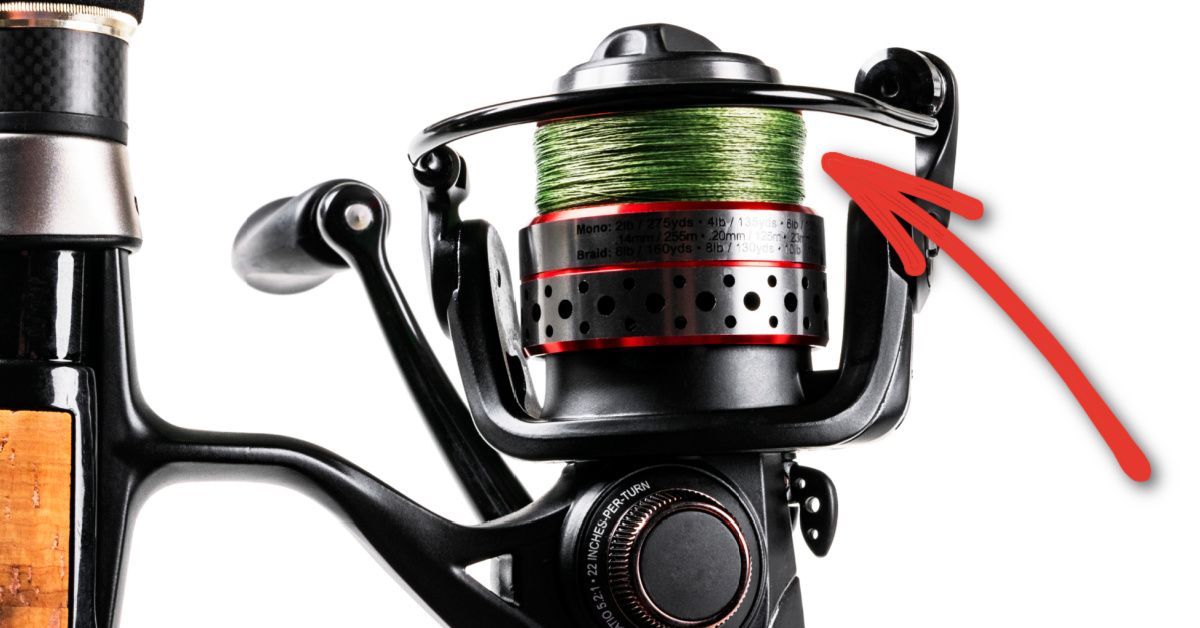
Credit: www.saltstrong.com
Factors Affecting Line Quantity
Understanding the target fish species is crucial for determining line quantity. Different fish require varied line strengths and lengths. Lighter lines might suffice for smaller species, while larger fish necessitate heavier lines.
The fishing environment also influences how much line to put on a reel. Clear waters generally require longer lines for stealthy approaches. Conversely, murky waters may permit shorter lengths without compromising success.
| Reel Size | Line Type | Recommended Line Length |
|---|---|---|
| 1000-3500 (small) | Monofilament | 100-200 yards |
| 4000-5500 (medium) | Monofilament/Braid | 150-300 yards |
| 6000+ (large) | Braid | 200-500 yards |
Reel Size and Type greatly determine line storage capacity. Smaller reels generally hold less line than larger ones. Moreover, braid lines can often occupy more length due to their thinner diameter compared to monofilament lines.
Calculating Line Length Needs
Line diameter affects how much line fits on a reel. Thinner line means more length. Larger diameter reduces total line you can spool.
Capacity rings or markers help by showing how much line remains. Found on spool sides, these indicators guide during line filling.
To estimate, consider the line strength and type needed for your fishing style. Fishing line packaging often lists capacity for various reel sizes. Refer to these specifics before spooling.
Credit: www.reddit.com
Winding Techniques For Optimal Capacity
Proper winding techniques ensure the optimal capacity of your fishing reel. Focus on layering the line evenly across the spool. A steady tension is crucial to avoid loose coils that could lead to tangles. To prevent line twist, maintain the line’s natural ‘memory’. This makes the line lay flat without twists. Tension control devices can help in achieving the correct tightness.
Always match the line strength to your reel’s capacity. This prevents overfilling or underfilling. Remember, less tension leads to more problems on the water.
Common Mistakes To Avoid
Filling a reel too much can cause line tangles and spool jams. Recognize the spool’s capacity and stay within limits. Often, markings on the spool indicate maximum fill. Avoid going beyond this mark to prevent mishaps.
Changing the type of line requires attention. Each line has a different thickness and strength. Swap out the old with the appropriate amount of new line, keeping the reel’s performance optimal.
Old line can become weak and brittle. This makes it more prone to breaking. Experts suggest replacing it at least once a year. Fishers who use their gear often should do this more frequently to maintain high performance.
Credit: www.reddit.com
Practical Tips For Line Management
Reel line management requires attention to detail. Proper line care ensures optimal performance and longevity. Re-spooling seasonally helps maintain line integrity. It is important to update your reel with new line as it can become worn with regular use.
Line recycling is both environmentally friendly and practical. Anglers can utilize used line receptacles at local fishing stores or adopt home-based recycling methods. Keep your used line out of landfills and waterways to protect the environment.
Understanding backing techniques can significantly reduce costs. Utilizing cheaper line as backing and topping it with premium line saves money without compromising quality. This method also reduces the amount of quality line needed, further saving resources.
Frequently Asked Questions On How Much Line To Put On Reel
How Much Line Should I Put On A Fishing Reel?
Fill your fishing reel with line until it’s about 1/8 inch from the rim for optimal performance and to prevent overfilling. Always check the reel’s capacity marked on the spool and adjust according to the line’s thickness and material.
Is 150 Yards Enough Fishing Line?
For most casual anglers, 150 yards of fishing line is sufficient for various fishing techniques and local waters. It offers good casting distance and depth coverage.
How Do I Know When My Reel Has Enough Line?
To determine if your reel has enough line, check for a marker on the spool indicating the optimal fill level. Most reels have a line indicating maximum capacity; stop winding when you reach this mark to ensure proper spooling and prevent line tangles.
How Full Do You Fill A Fishing Reel?
Fill your fishing reel with line until it’s approximately 1/8 inch from the rim for optimal performance and casting distance. Avoid overfilling to prevent line spooling off the edge.
Conclusion
Wrapping up, selecting the right amount of line for your reel is crucial. Strike a balance between capacity and line strength for optimal performance. Remember, successful anglers tailor their gear to the fishing conditions. Fine-tune your reel, and get ready for a great day on the water.
Happy fishing!

